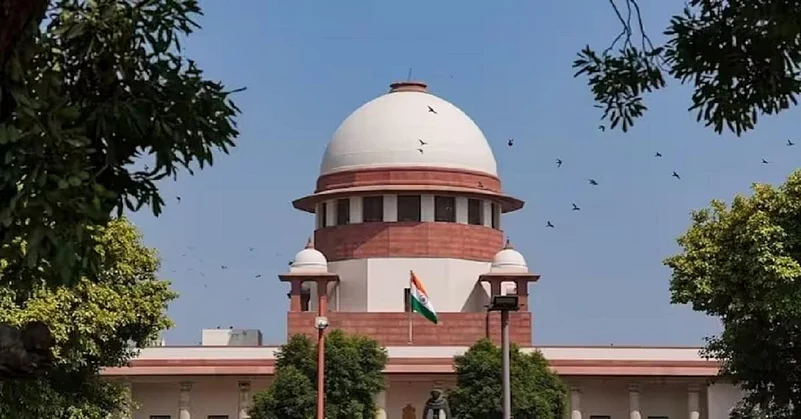
The SC directed that Delhi’s three private discoms—BRPL, BYPL, and TPDDL—must be paid their accumulated regulatory assets totaling ₹27,200.37 crore.
The court emphasized that regulatory assets should not exceed 3% of the Annual Revenue Requirement (ARR) and must be liquidated within three years to avoid burdening consumers.
The judgment followed petitions from discoms challenging DERC’s past tariff orders that led to a revenue gap.
In a significant verdict, the Supreme Court on Wednesday directed that the regulatory assets including carrying costs to the tune of ₹27,200.37 crore be paid within three years to Delhi's three private discoms.
Regulatory assets, essentially deferred revenue gaps to be recovered in future tariffs, have risen sharply, reaching ₹12,993.53 crore for BSES Rajdhani Power Ltd (BRPL), ₹8,419.14 crore for BSES Yamuna Power Ltd (BYPL) and ₹5,787.70 crore for Tata Power Delhi Distribution Ltd (TPDDL) as on March 31, 2024, totalling ₹27,200.37 crore.
The verdict, which may have a significant bearing on Delhi power consumers, was delivered by a bench of Justices P S Narasimha and Sandeep Mehta on the petitions filed by three electricity distribution companies against the Delhi Electricity Regulatory Commission's (DERC) tariff orders over the years that led to the ballooning of regulatory assets.
Dealing with the term "regulatory asset", the bench said, "In the context of tariff determination for electricity utilities is an intangible asset that is created by the Regulatory Commissions in recognition of an uncovered revenue gap or revenue shortfall when a distribution licensee could not fully recover the costs reasonably incurred by it through revenue from tariff.
"This portion of the revenue requirement is not included while determining the tariff for the particular year. Rather, the distribution company is entitled to receive or recover such revenue in the future, over a period of time." Justice Narasimha, writing an 82-page judgment, examined issues relating to regulatory assets, their position in the regulatory regime for the determination of tariffs and the powers of regulatory commissions.
The bench said, "As a first principle, tariff shall be cost-reflective... and the revenue gap between the approved ARR (Annual Revenue Requirement) and the estimated annual revenue from approved tariff may be in exceptional circumstances." It directed that the regulatory asset should not exceed a reasonable percentage, which percentage can be arrived on the basis of the Electricity Rules that prescribe three per cent of the ARR as the guiding principle.
"If a regulatory asset is created, it must be liquidated within a period of 3 years, taking Rule 23 as the guiding principle... The existing regulatory asset must be liquidated in a maximum of 4 years starting from April 01, 2024, taking Rule 23 as the guiding principle," it directed.
According to this direction, the discoms will have to be paid their dues within four years which will be counted from 2024.
"Regulatory Commissions must provide the trajectory and roadmap for liquidation of the existing regulatory asset, which will include a provision for dealing with carrying costs. Regulatory Commissions must also undertake a strict and intensive audit of the circumstances in which the distribution companies have continued without recovery of the regulatory asset," it said.
The regulatory commissions shall, in general, follow the principles governing creation, continuation and liquidation of the regulatory asset, as laid down in the judgment, it said.
The bench said, "Electricity is a public good. Its generation, transmission, and distribution are statutorily regulated to ensure access to supply, on a non-rival and non-exclusive basis." It further said, "The statutory regulators, that is Central and State Regulatory Commissions along with Union and State Governments and other stakeholders are equally bound by the mandate under Part-IV of the Constitution for its equitable distribution." While acknowledging that regulatory assets can help avoid sudden tariff shocks, the court warned that their unchecked growth reflects "regulatory failure" and disproportionately burdens consumers.
It directed that tariffs must be cost-reflective and revenue gaps allowed only in exceptional cases.
The bench said that the regulatory assets must not exceed three per cent of the annual revenue requirement, as guided by Rule 23 of the Electricity Rules.
It said the regulators must set and publish clear recovery roadmaps, audit causes for delays and account for carrying costs. It also said the Appellate Tribunal for Electricity (APTEL) must monitor compliance using its statutory powers.































